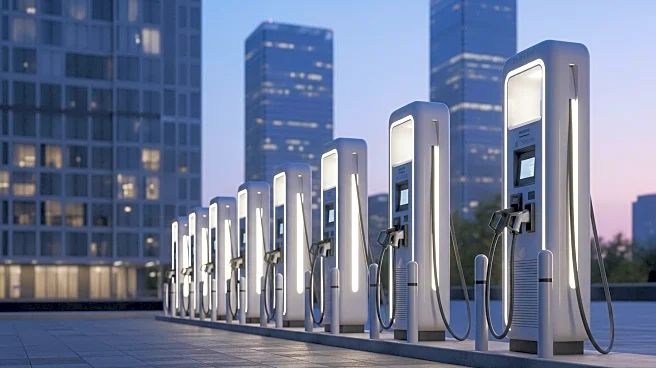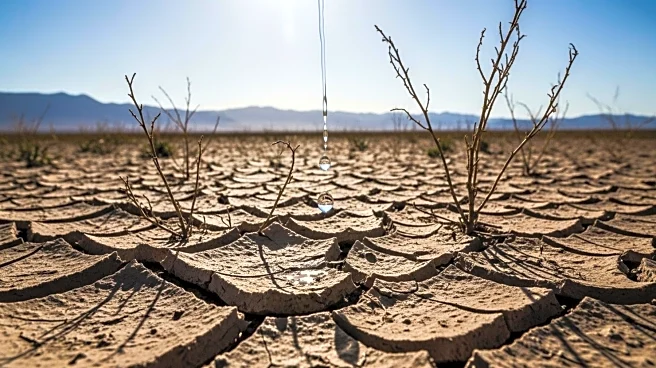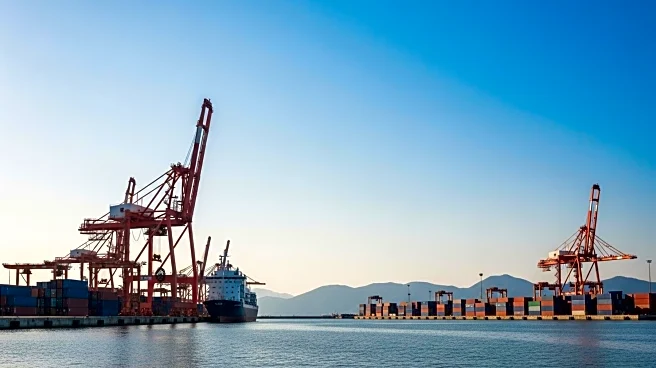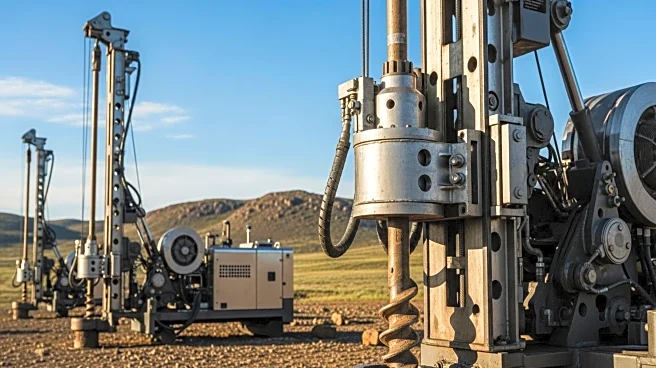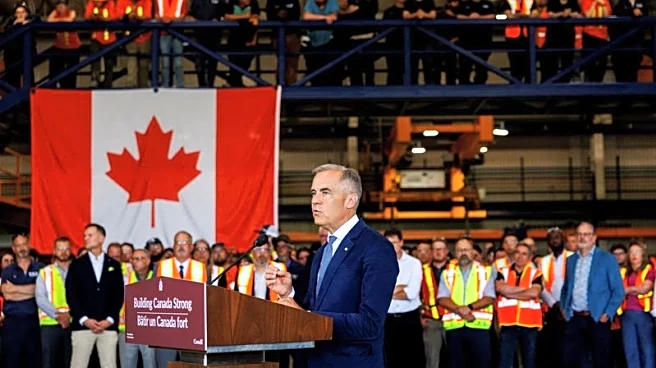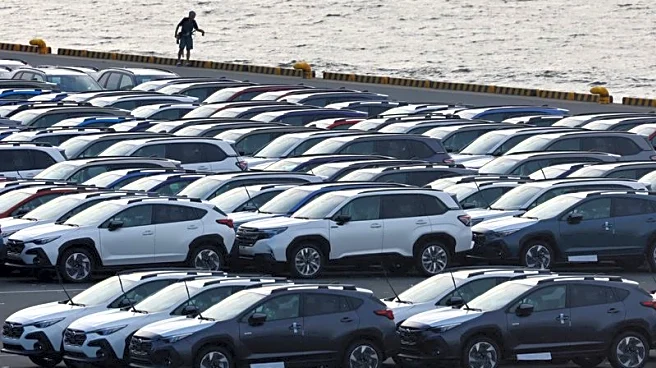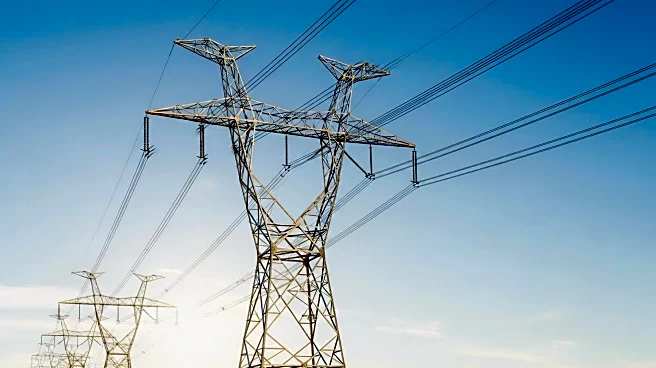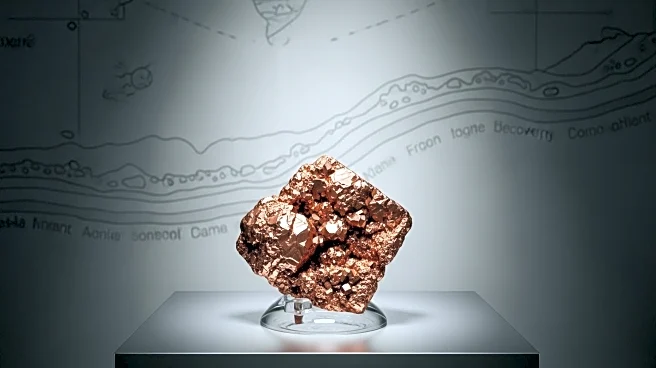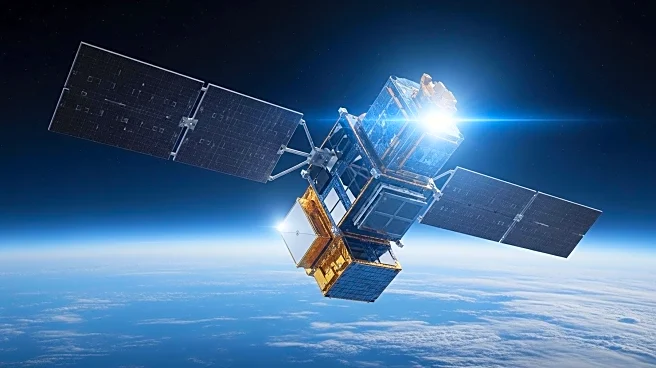What is the story about?
What's Happening?
Canada is planning to invest $456 billion in major infrastructure projects, including ports, high-speed rail, hydroelectricity, nuclear, and oil and gas. The projects aim to shape the economy and society for decades, but face criticism for focusing on outdated industries. The investment in oil and gas, pipelines, and LNG terminals contrasts with global trends towards electrification and renewable energy. The analysis suggests systematic underestimation of project costs, particularly in hydro and nuclear sectors.
Why It's Important?
The megaprojects highlight Canada's strategic choices in infrastructure development, balancing traditional industries with future electrification needs. The focus on oil and gas investments raises concerns about long-term sustainability and alignment with global energy transitions. The potential cost overruns underscore the need for realistic planning and investment in renewable energy infrastructure.
What's Next?
Canada faces a choice between investing in declining industries or reshaping infrastructure to support electrification and value-added trade. The projects may require reevaluation to align with future energy needs and global market trends. Policymakers will need to address the challenges of transitioning to clean energy while managing existing investments.
Beyond the Headlines
The investment decisions reflect broader societal and economic priorities, influencing Canada's role in the global energy transition. The focus on traditional industries may impact Canada's competitiveness in emerging markets, highlighting the need for strategic planning and innovation. The projects offer an opportunity to redefine infrastructure development in line with environmental and economic goals.
AI Generated Content
Do you find this article useful?
